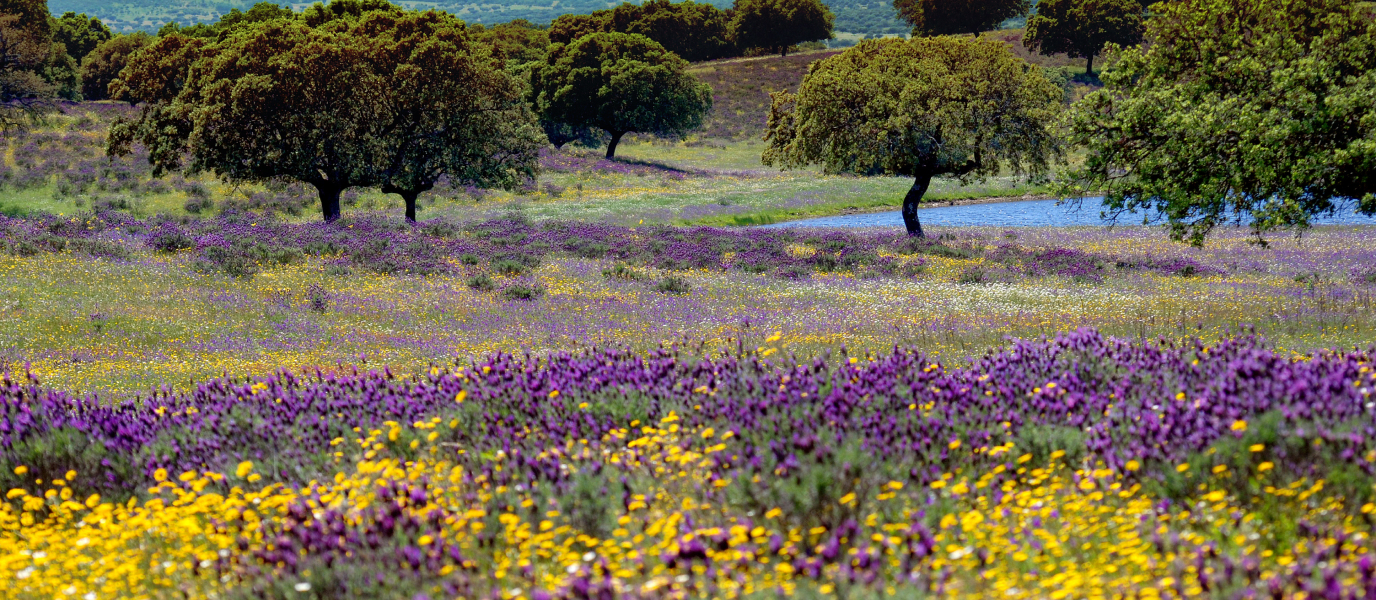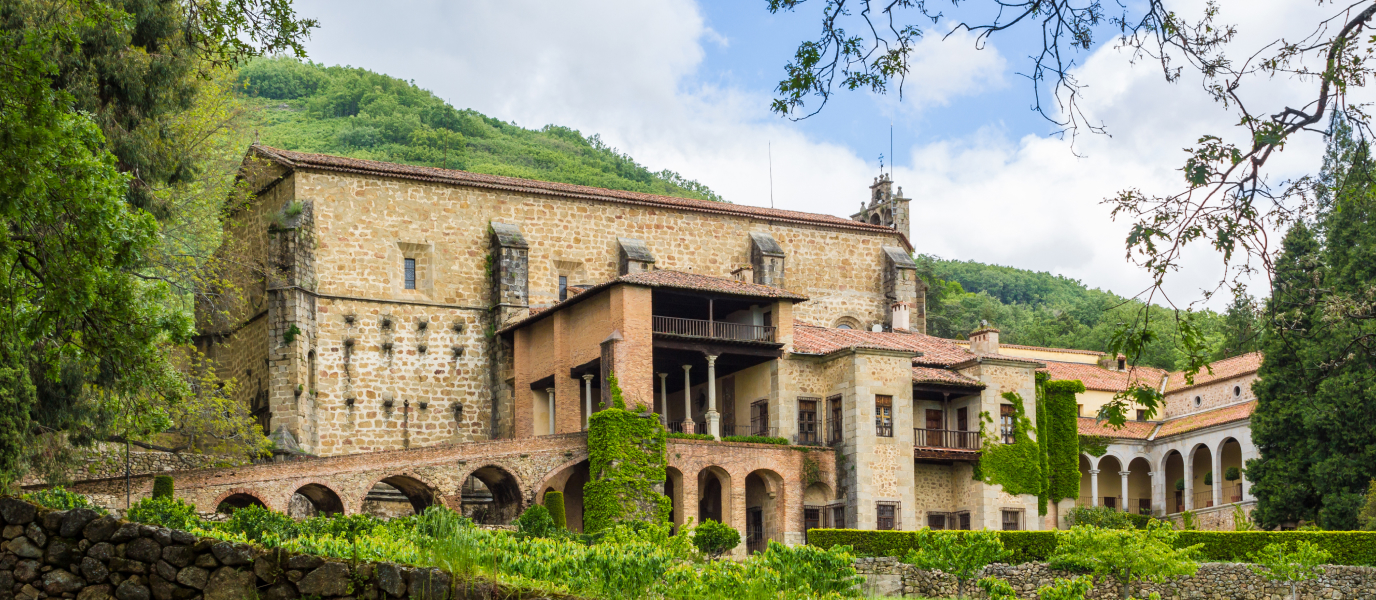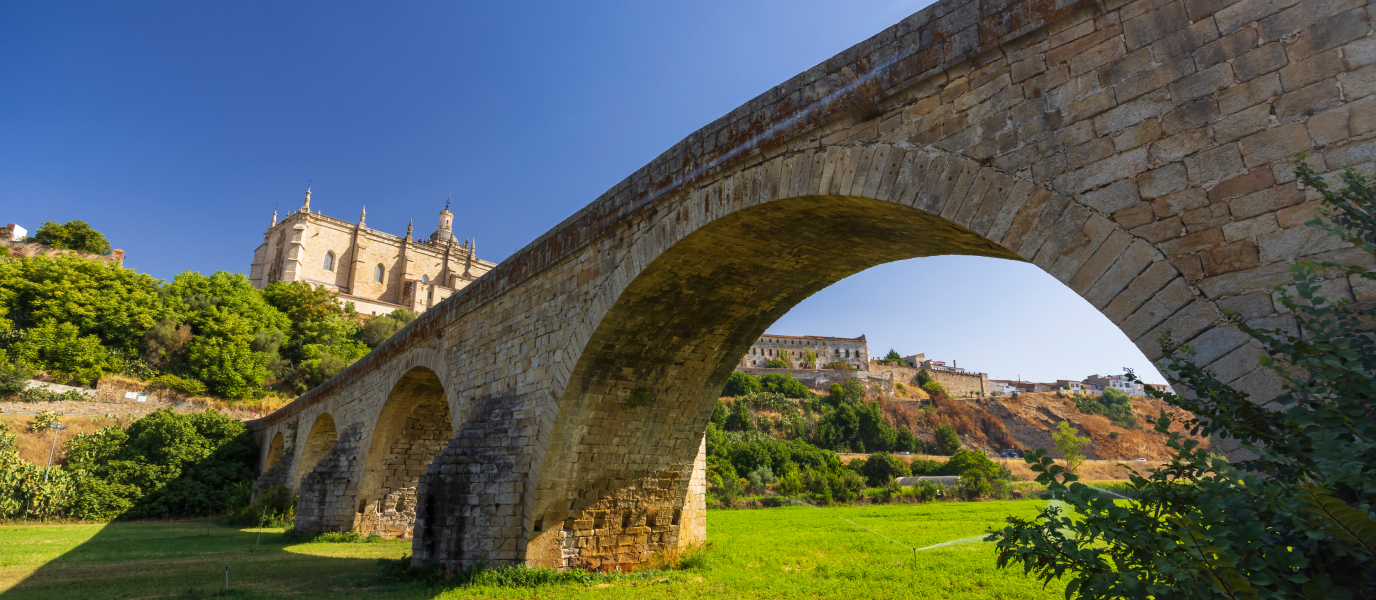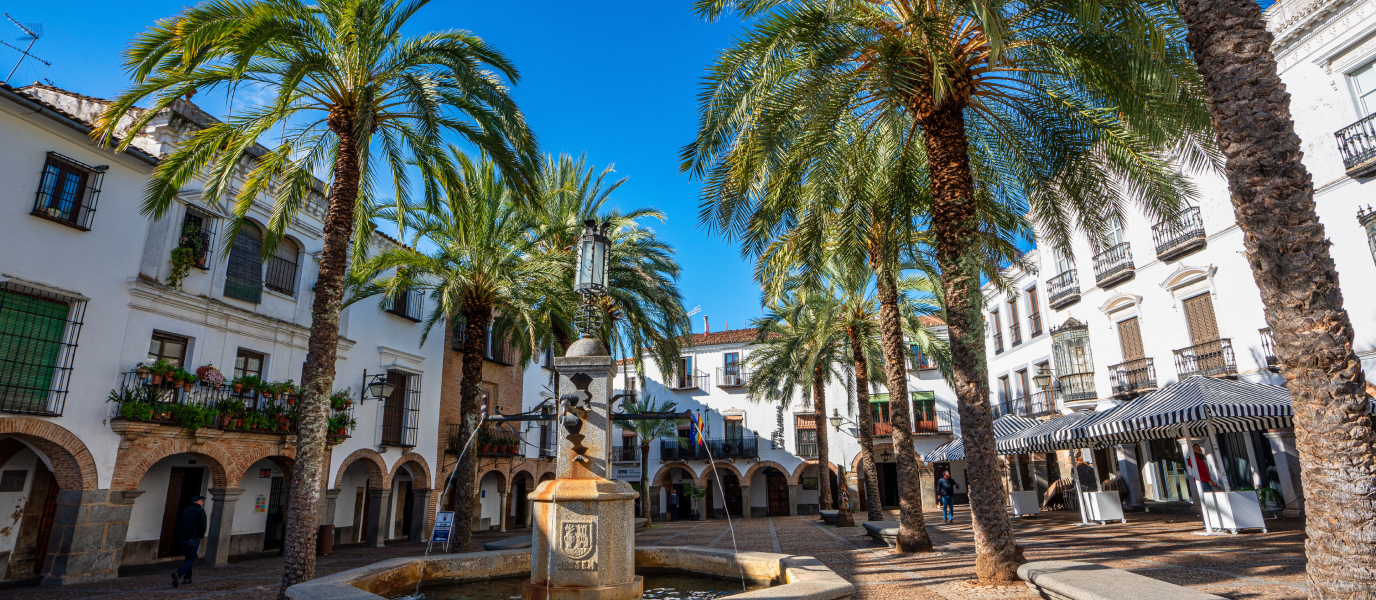Badajoz is a land of castles, whose squares were once filled with the aromas of exotic spices and the cheers of citizens watching jousting matches. Its paved streets are lined with columns and arched galleries, creating it a stunning mix of Medieval, Moorish and modern buildings that make walking through the Old Town an intoxicating experience.
What to see and do in Badajoz
La Alcazaba de Badajoz.
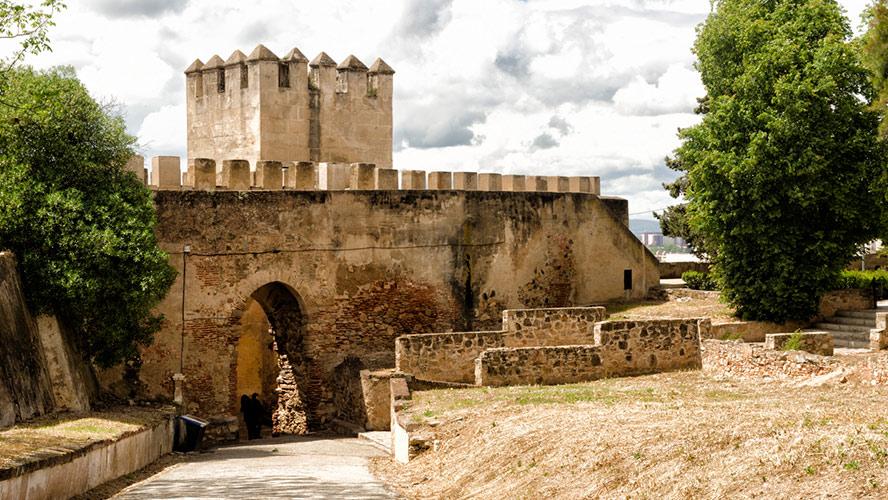
This 12th century fortress is the largest in Spain and was built on top of a hill so as to make use of the steep incline below its walls and the river as defensive measures. Within its enormous walls and intimidating towers, you can still see the original Moorish city today, as well as the Provincial Archaeological Museum and the Palace of the Dukes of Roca.
Espantaperros Tower
This is the most important of the towers that belong to the Alcazaba de Badajoz. Also known as the Atalaya Tower, this was the inspiration for the famous Golden Tower in Seville. Its name, which translates as ‘Dog Frightener’ originally came from the sound of the bell that called the Christians to their prayers and supposedly chased away the ‘infidels’ known as ‘dogs’ by the Christians of the day.
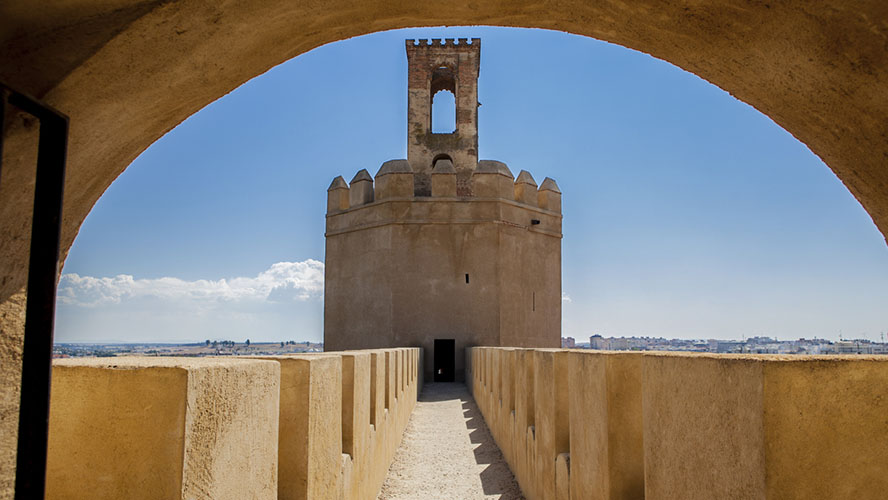
Plaza Alta de Badajoz.
This square is actually the oldest part of the city and, today, it is divided in two by its architectural styles. On one side, there are Medieval buildings and the famous Peso Arch, while on the other side there is the Toril Arch, surrounded by Baroque and modern architecture.
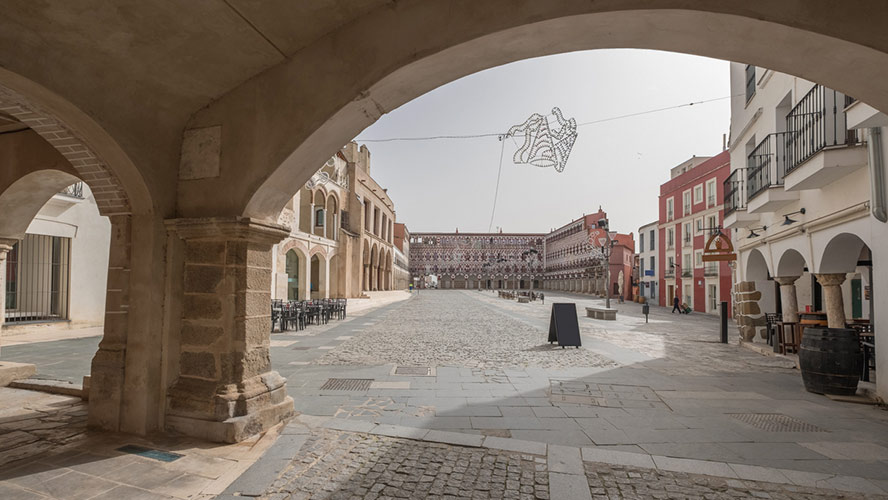
Badajoz Cathedral
Located in the Plaza de España, the Cathedral of Saint John the Baptist (San Juan Baustista) looks a lot like a fortress because when construction began it was outside the defensive wall and so needed some form of protection. Its interior, on the other hand, is a beautiful mix of gothic, baroque, and Renaissance styles.
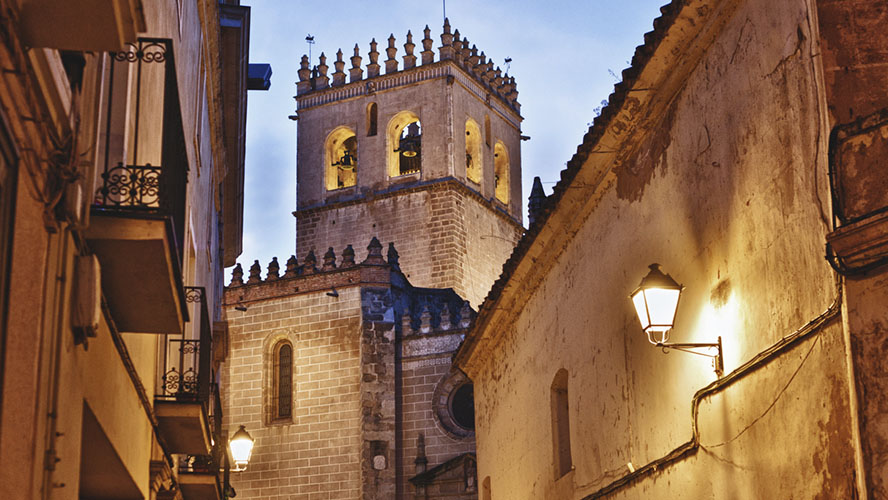
The Giralda or Giraldilla de Badajoz.
This replica of the tower in Seville is found in the Plaza de la Soledad and has a statue of Mercury, god of commerce, on top of it since it used to demarcate the commercial area of the city known as the ‘Storehouses of La Giralda’.
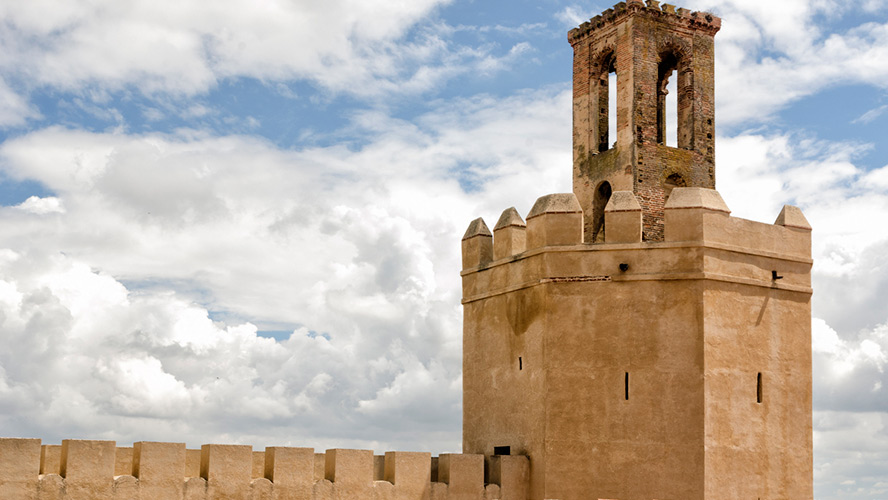
The ‘Palm Gate’
This is one of the most iconic gates of the city and it was the original main gate during the Medieval era and its two crenellated towers were once used as prisons. They look on to the bridge of the same name, the oldest in the city, which crosses the river with thirty semi-circular arches.
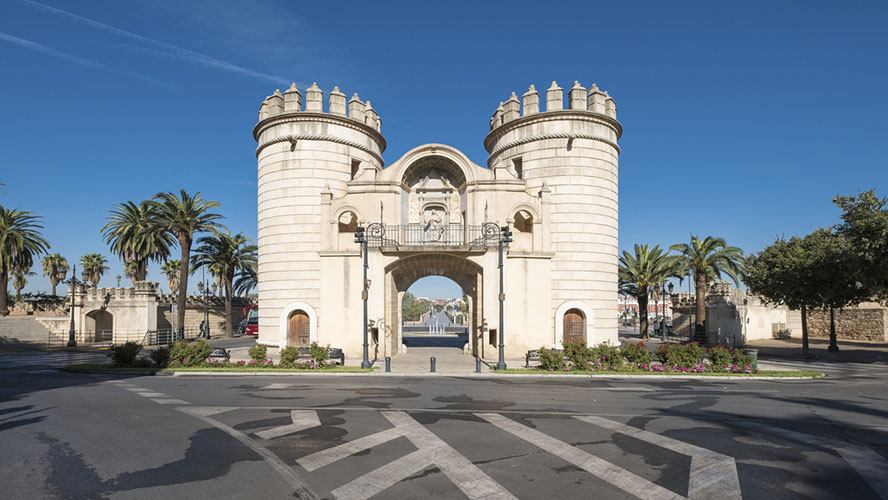
San José Convent
Located next to the fortress, this convent has a neo-Gothic façade and a baroque interior and was built upon the 12th century hermitage of San José, which was destroyed during the Spanish War of Independence.
The parks of Badajoz
Green spaces in a city give you the chance to play with children, do exercise, take in the fresh air or simply get away from the bustle of the city. When you visit Badajoz, it is highly recommendable that you take a walk through Castelar Park. Located in the old olive grove of the Santo Domingo convent, this park is full of tropical palm trees, statues and even areas for children.
The Galera Gardens are also worth a visit, with their Arabic style and the fact that they are watched over by the Espantaperros Tower and the defensive wall of the city. They also have impressive archaeological remains within.
The last recommendation is the Legion Park, located in the old walled ditch between the bastions of Trinidad and San Pedro. During its construction the city made use of some of the old exterior parts of the fortress to make paths and small squares with fountains in them.
Don’t forget to enjoy Extremaduran cuisine!
Visiting any city isn’t complete until you have sampled as much of the local cuisine as possible and Badajoz will not disappoint in this area. Lovers of cured meats will enjoy the famous Patatera sausage, which is made with pork, mashed potato, paprika and acorn-fed Iberian ham. It has to be said that Extremaduran cuisine is not characterised as ‘diet-friendly’ but holidays are not for dieting! Indulge yourself with the famous sopa de antruejo (a kind of casserole made with pork, chorizo, onion, breadcrumbs, garlic and vinegar), migas and molletes con menteca colorá. And for dessert, be sure to try the local perrunillas, a type of round biscuit made with butter, cinnamon and lemon.
























































